Every culture has its own take on breakfast – whether it’s porridge in Scotland, fermented rice cakes in India, or corn grits in the US of A. But one country that is seldom visited boasts what is likely to be the largest breakfast pancake in the world. Its ingredients include 1-2 kgs of flour, around 800 ml of assorted fats (including oil, cream and butter) and a whopping hour and a half to prepare! And if you want to try making it yourself, first find your wheelbarrow – and long-handled shovel!
Albanian flija (pronounced ‘flee-ah’) is a multi-layered pancake, and to cook it, an open fire must first be prepared. One of the favourite vessels for containing the fire is a metal wheelbarrow with a use-by date that’s come and gone. Three or four hefty pieces of wood are set alight in the barrow, and burned down to create a thick bed of embers. The embers are shovelled onto a piece of metal, such as a sheet of roofing iron, and the well-oiled flija pan (a shallow, metal, circular dish on short legs) is placed over the embers to heat up.
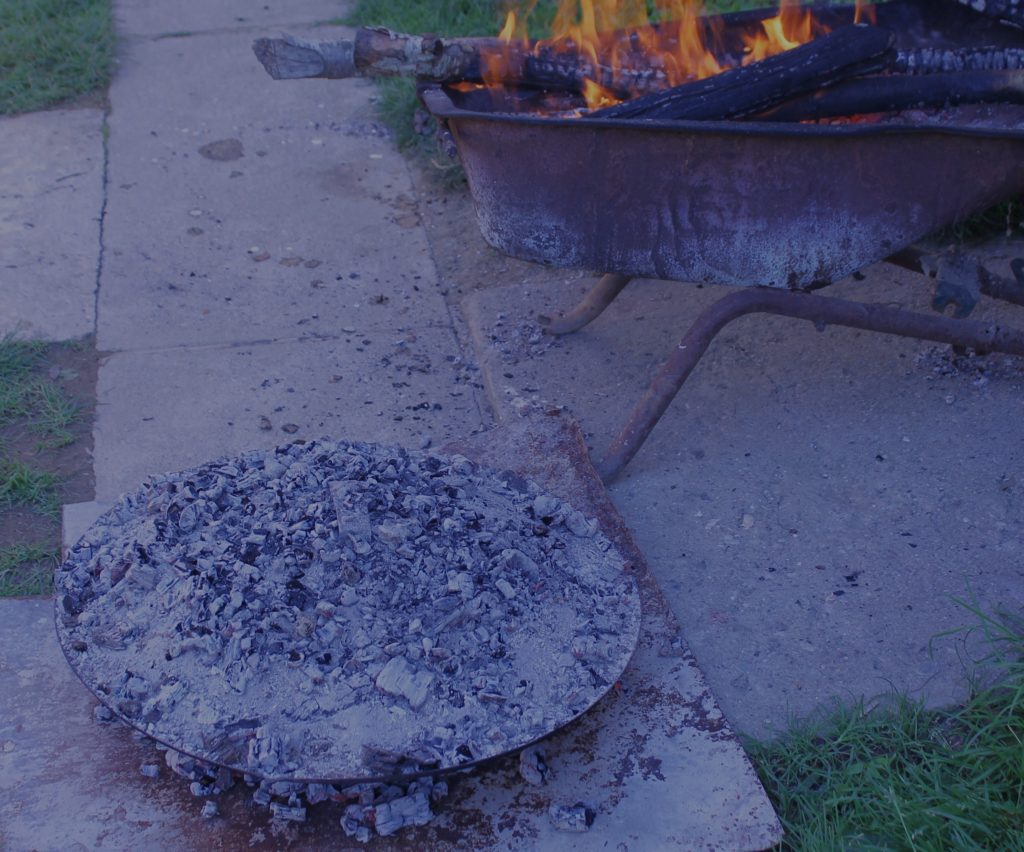
Meanwhile, the pancake batter is prepared by vigorously beating together the flour and oils, while a ‘filling’ of cream, butter and yoghurt is whipped together in another vessel. Once the flija pan is hot, the first of 10 layers of batter is poured in. A conical lid is placed on the pan, and ashes from the fire are placed on top to grill the batter from above. Once cooked, the lid is removed, the creamy filling is poured over the cooked layer of pancake, and a further layer of batter goes on top of the filling. From then on, it’s a case of pouring and cooking and adding more hot embers to the lid as required.
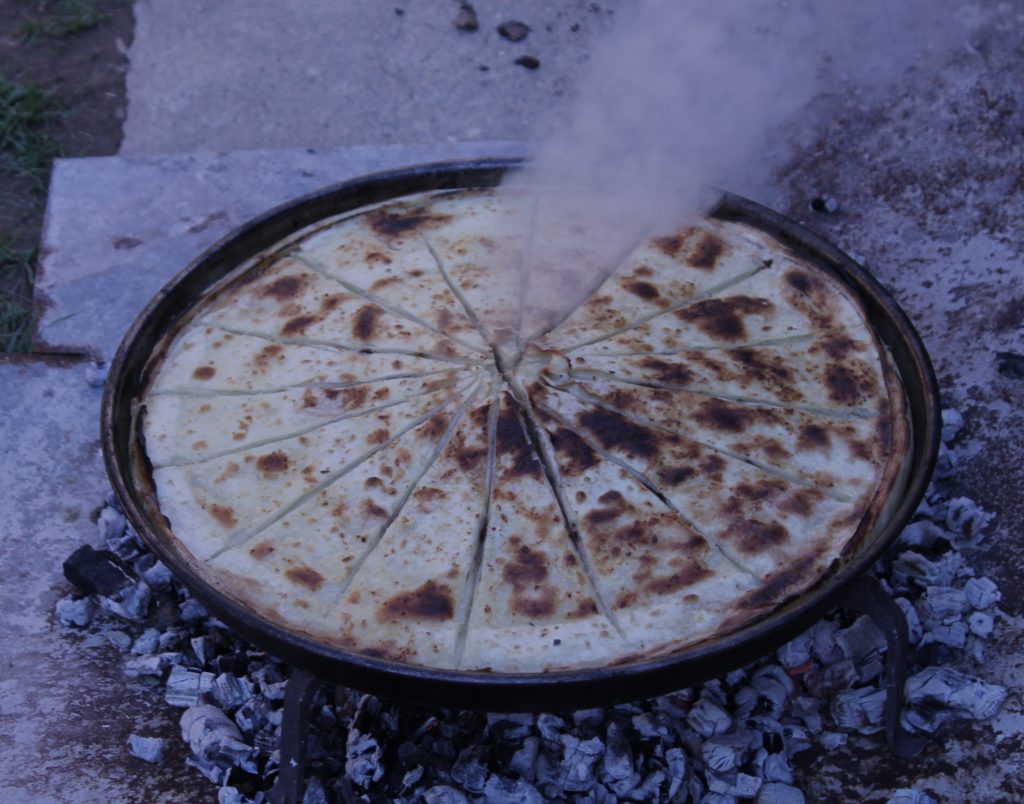
When all but the last layer of batter and filling has been cooked, the flija is cut into pizza shaped slices, the pan is placed over fresh hot coals, and the lid goes on as well to grill the pancake from above. As the flija cooks, it opens out along the cutting lines, rather like a flower, emitting a vent of steam where the cuts meet in the centre of the pancake. Finally, the finished creation is re-cut to loosen the individual slices which are then piled onto plates.
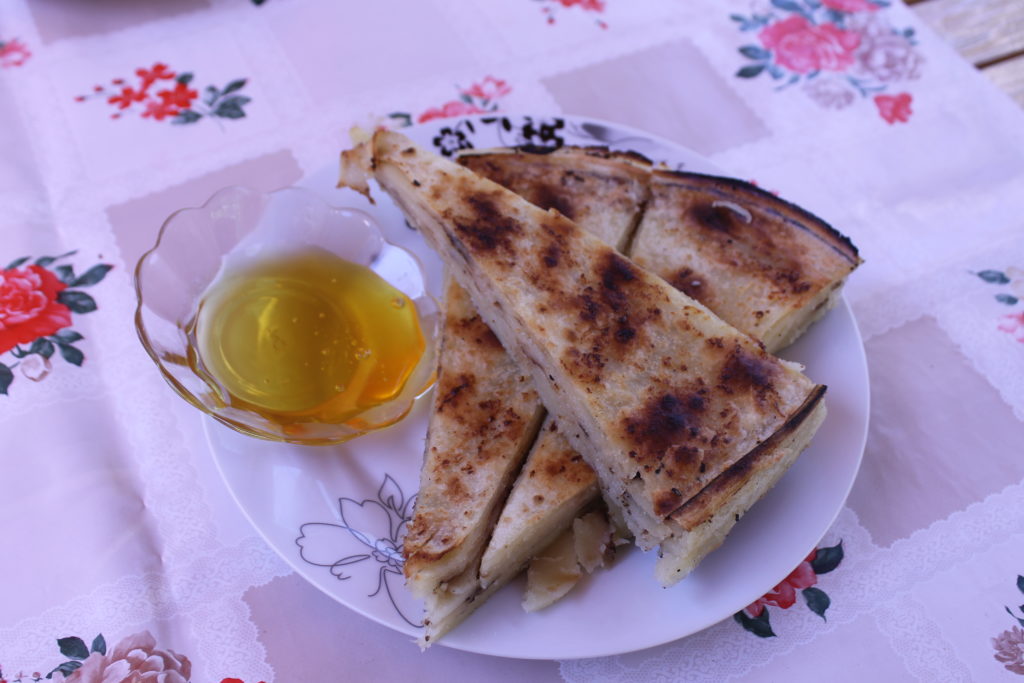
Although flija is more commonly made without eggs, the use of them is optional, as is the style of filling which can include a range of ingredients from butter and a fermented, salted soy drink to clotted or sour cream. The pancake is always served with thick yoghurt and honey or jams.
Flija is traditionally made as part of an outdoor celebration when families gather around the fire and all take part in the activity. Today, flija is prepared in traditional guest houses and by women who work from home preparing the dish for local restaurants. Although flija is an Albanian dish, the Albanian population is distributed throughout the Balkans so it can be found in any one of these seldom visited Eastern European countries.
Have you tried flija? Let us know in the comments.







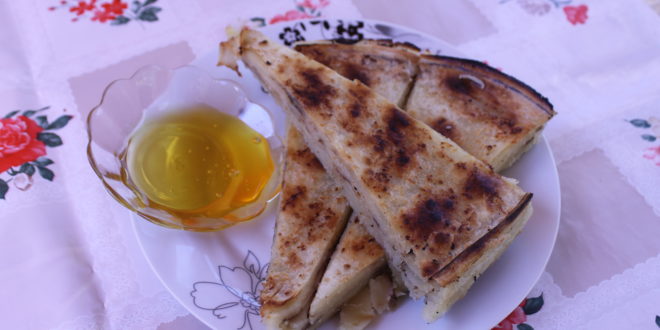

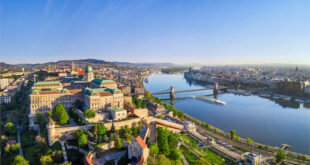
Join the Discussion
Type out your comment here:
You must be logged in to post a comment.